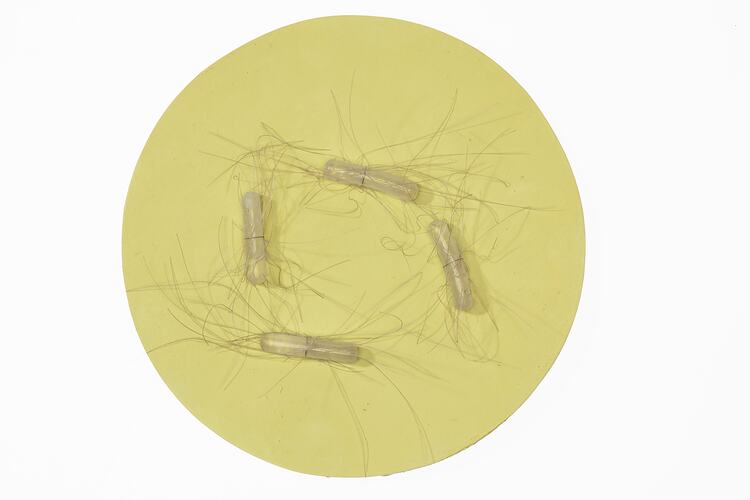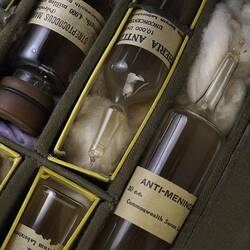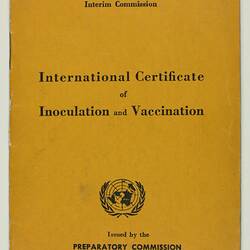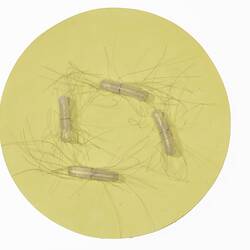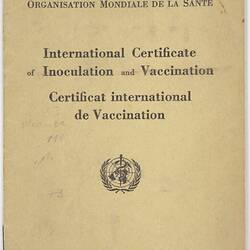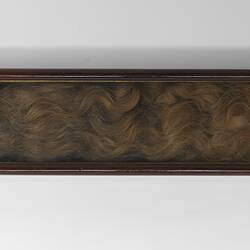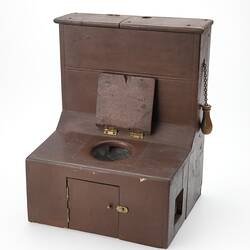Typhoid is a bacterial disease caused by Salmonella typhi. It is usually spread by contaminated drinking water and food. Typhoid outbreaks were common in Victoria from the first years of settlement.
In 1887 the Central Board of Health, Victoria, issued the report 'Typhoid Fever', also known as Colonial Fever. It noted that typhoid fever was 'never entirely absent from the colony', and typically became prevalent in late summer and autumn, when air and soil temperatures were raised and the lack of rain caused 'drought and stagnation of liquid filth' that promoted the disease. In 1886, 523 people died of typhoid in Victoria, of a population of less than one million people. A mortality average of 15% was estimated. The role of sanitation, hygiene and contagion in the spread of typhoid were acknowledged, but Victoria was 'far behind in this respect'. Open or unvented sewers, cesspits which leached into drinking water, improper disposal of nightsoil (including exchange of dirty pans) and porous drains were amongst many infrastructure shortcomings. Infected milk supplies were also thought to have caused some outbreaks. Solutions proposed included the burning of faeces and bedding of infected people; the abolition of cesspits; removal of contamination from water supplies; and separation of water supply from sewerage in camps, some of which had streams used for both defecation and drinking water. Badly constructed houses in poorly drained areas, and ineffective inspectors of nuisance, also needed to be addressed. Significantly, compulsory notification of contagious disease was also recommended, as well as isolation of patients, prompt and safe removal of their excreta, and improved cleanliness and abatement of infrastructure problems.
Typhoid became readily diagnosable in the 1870s. The concerning mortality from typhoid, and acceptance of germ theory by the 1890s, eventually led to the sewering of Melbourne after 1897. The first effective vaccine became available in the early 20th century and was used on troops in World War I, saving countless lives.
Typhoid can be prevented by good hygiene and clean water supply, as well as vaccination, and can be treated with antibiotics. Victoria's last major typhoid outbreak occurred in 1977 with 37 cases associated with a food handler.
References
Central Board of Health, Victoria, 1887. 'Typhoid Fever'. Government Printer, Melbourne.
Janet McCalman, 2005. 'Diseases and Epidemics', Encyclopedia of Melbourne.
'Typhoid and Paratyphoid Fevers: NSW Control Guidelines for Public Health Units', 2019.
1887 'TYPHOID FEVER IN VICTORIA.', The Argus (Melbourne, Vic. : 1848 - 1957), 19 October, p. 5. , viewed 05 May 2020, http://nla.gov.au/nla.news-article7940808.
More Information
-
Keywords
-
Localities
-
Authors
-
Article types
